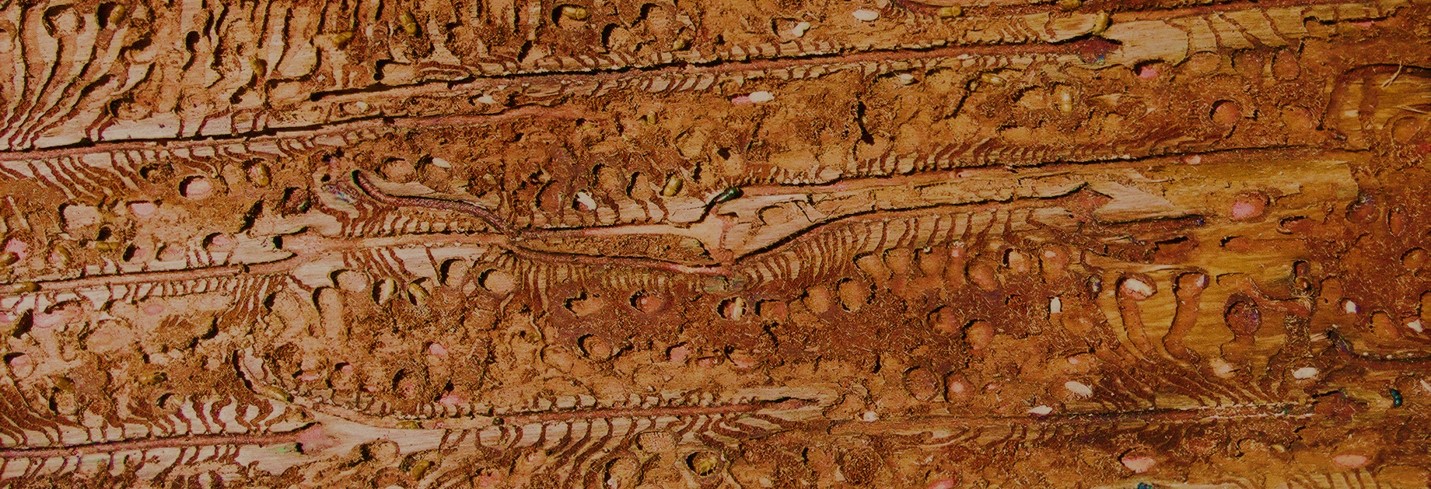Research Features
A PhD student in FABI, Runlei Chang, has discovered and described 19 new fungal species from China as part of the research for his thesis, working under the supervision of Prof. Wilhelm de Beer, Dr Tuan Duong and Prof. Mike Wingfield. These fungi are all associated with conifer-infesting bark beetles and their mites and belong to well-known genera such as Ophiostoma and Leptographium. Two of Mr Chang's papers describing the new species have been published in prominent mycological journals, Persoonia (Chang et al. 2018) and MycoKeys (Chang et al. 2017), while a third paper is currently under review with another international journal.
The ophiostomatoid fungi are an important group of fungi as some of these species can kill trees. They are often introduced into new countries by their bark or ambrosia beetle associates, when these insects are move around the world in wood and timber products.
Mr Chang's research follows a long tradition of bark beetle related research done in FABI on fungi from China by students and collaborators from that country. The first of these papers was published by the first Chinese PhD student in FABI, Dr Xudong Zhou, in 2000. A total of 37 bark beetle associated fungi have already been named and described from China by FABIans in the studies listed below.
The collaborative research between FABI and China stretches beyond bark beetle associates and also includes studies on other forestry pests and diseases. The work has been funded over the years by several organisations such as the NRF and various Chinese government organisations. At present most of the work is done under the umbrella of the CERC-FABI Tree Protection Programme.


